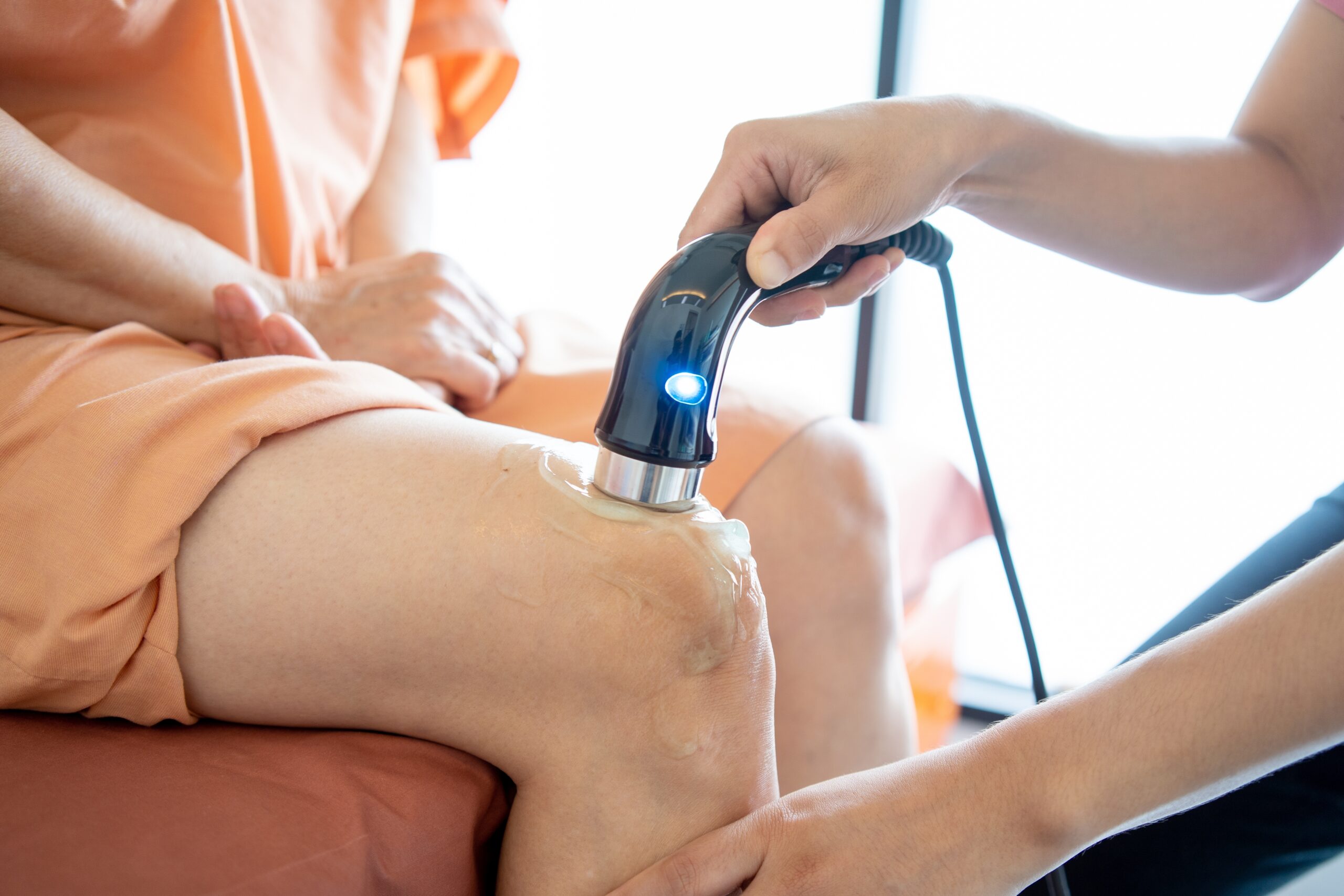Incontinence is a common but often misunderstood medical condition that affects
millions of individuals worldwide. Characterized by the loss of bladder or bowel control,
incontinence can have a significant impact on one’s quality of life, self-esteem, and daily
activities. In this blog post, we’ll delve into the various types of incontinence, explore the
causes and risk factors, and discuss strategies for managing and seeking treatment for
this often stigmatized condition.
Types of Incontinence
- Stress Incontinence: Occurs when pressure on the bladder, such as coughing,
sneezing, or lifting heavy objects, leads to urine leakage. - Urge Incontinence: Also known as overactive bladder, this type involves a
sudden and intense urge to urinate, often leading to involuntary leakage. - Overflow Incontinence: Characterized by the inability to fully empty the bladder,
resulting in frequent or constant dribbling of urine. - Functional Incontinence: Occurs when physical or cognitive impairments
prevent individuals from reaching the bathroom in time, despite having normal
bladder control.
Causes and Risk Factors
- Muscle Weakness: Weak pelvic floor muscles, often due to childbirth, aging, or certain medical conditions, can contribute to stress incontinence.
- Nerve Damage: Conditions such as diabetes, multiple sclerosis, or spinal cord injuries can affect nerve signals to the bladder, leading to urge or overflow incontinence.
- Urinary Tract Infections (UTIs): Infections in the urinary tract can irritate the bladder and cause temporary episodes of incontinence.
- Medications: Some medications, such as diuretics or sedatives, can affect bladder function and contribute to incontinence.
Managing and Treating Incontinence
- Lifestyle Modifications: Making dietary changes, such as reducing caffeine and
alcohol intake, and practicing pelvic floor exercises (Kegels) can help strengthen
muscles and improve bladder control. - Behavioral Techniques: Scheduled bathroom breaks, bladder training, and fluid
management techniques can help individuals regain control over their bladder
function. - Medical Interventions: Depending on the type and severity of incontinence,
healthcare providers may recommend medications, medical devices (such as
pessaries), or surgical procedures to manage or treat the condition. - Incontinence Products: Disposable or reusable products, such as pads, briefs,
or catheters, can provide individuals with comfort and confidence while managing
incontinence.
Breaking the Stigma
It’s important to recognize that incontinence is a medical condition like any other and
should not be stigmatized or overlooked. By raising awareness, providing education,
and promoting open dialogue, we can break down the stigma surrounding incontinence
and encourage individuals to seek help and support without shame or embarrassment.
Conclusion
Understanding incontinence is the first step toward effectively managing and treating
this common condition. By recognizing the types, causes, and risk factors associated
with incontinence, individuals can take proactive steps to improve bladder control,
enhance their quality of life, and break free from the stigma that often surrounds this
condition. With proper management and support, individuals with incontinence can lead
fulfilling and active lives.
Follow us on Instagram and Facebook to stay updated on our latest offerings and get insightful tips directly from our expert team. At Halo Health, we’re not just about providing products; we’re about enriching lives with innovation and care.







